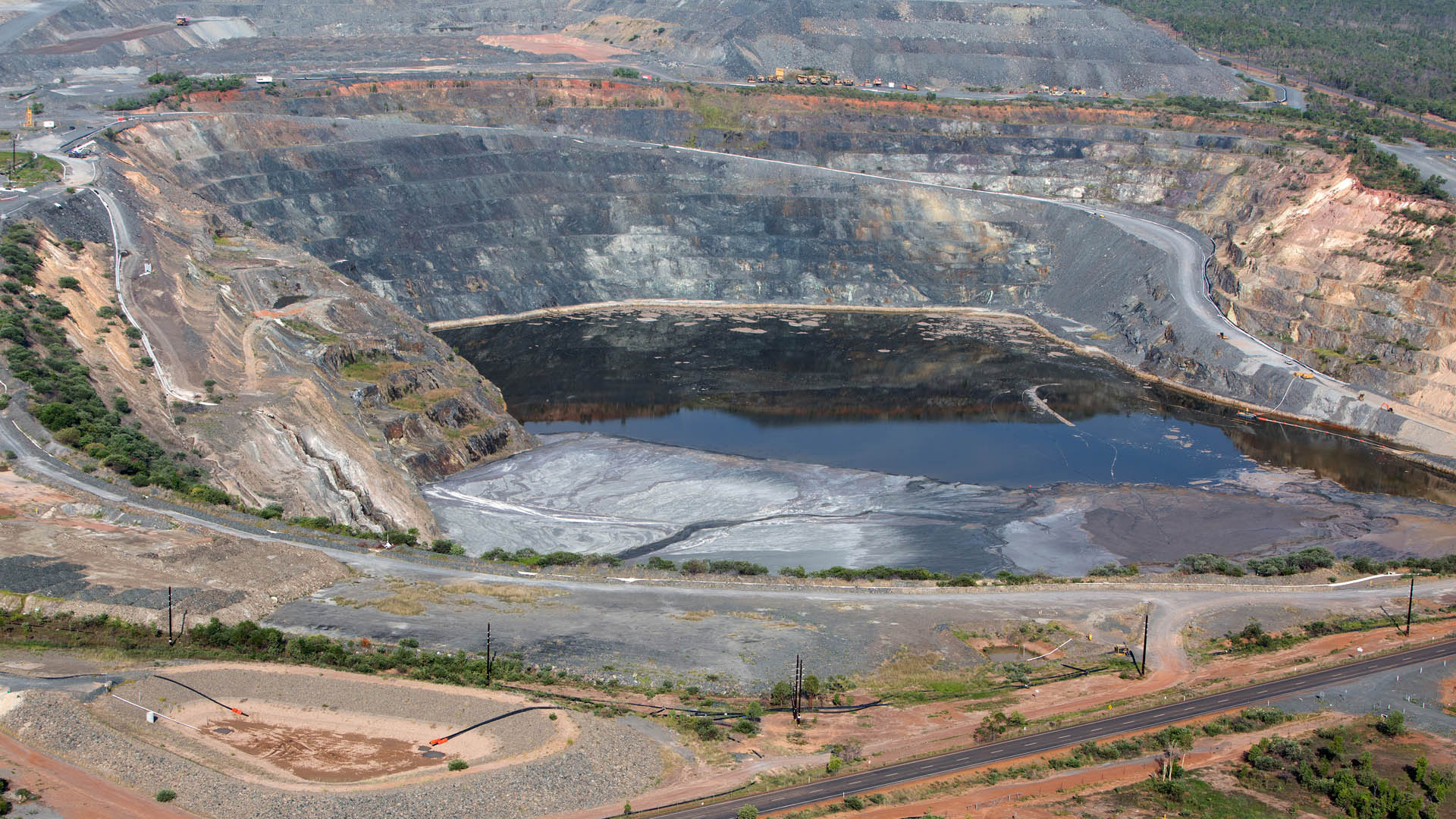Australian Mining sat down with Vocus to chat about the rise of LEO satellite communications in the mining industry.
Mining is rapidly transforming to being one of Australia’s most technology-centric industries, using that tech to drive greater production while keeping workers safe.
Vocus is a key player in this evolution, with the company establishing a competitive advantage in the mining sector through an early deal with Elon Musk’s SpaceX.
November 2022 saw Vocus sign the deal to provide Starlink Business low earth orbit (LEO) satellite connectivity to Australian customers – the first major Australian telco to do so.
These LEO satellites orbit very close to Earth and can therefore provide speed and responsiveness that is close to metro fibre, but can be delivered anywhere across Australia’s entire landmass.
Vocus’ space and satellite lead Ashley Neale explained to Australian Mining in more detail.
“I’ll give you a couple of facts,” he said. “Total satellite capacity delivered into Australia has traditionally been measured in gigabits per second. Within the next two years, the satellite industry will be delivering terabits per second – at least a tenfold increase in bandwidth.
“And how much is it going to cost for companies to connect into that satellite bandwidth? Not much – just the cost of a terminal.
“What that tells you is that there’s going be ample capacity with coverage everywhere, and cost is no longer going to be a barrier to having metro-grade connectivity anywhere in Australia. That is an absolute game-changer.”
Deploying satellite communications in mines
From a service perspective, Neale said, there’s a lot more involved in delivering satellite connectivity than simply shipping a LEO satellite dish to a customer for self-installation.
A LEO connection needs to be integrated with a customer’s unique situation, including their network and security, as well as be ruggedised for the physical environment, otherwise there will likely be issues with their service reliability and usability.
“You have to have real-world experience deploying satellite services, and that comes from working with customers over time and building up a body of knowledge,” Neale said.
“A couple of years ago, we identified the huge impact LEO was going to have on the telecommunications landscape, and how well it would complement our existing national fibre network serving remote and regional Australia, including the mining sector.
“We knew that if we matched our long history in satellite communications (satcom) with our first-mover position in low earth orbit satellite technology in Australia, we could deliver a great service experience.”
Vocus has established a business and technology platform that can quickly integrate new LEO technologies as they emerge from different providers, and then deploy them with the same level of on-the-ground expertise.
This will benefit a mining industry crying out for more bandwidth.
“So why would the mining industry deploy satcom?” Vocus satellite development manager Ashley Grove told Australian Mining. “I always imagine a timescale of a mining operation from start to finish, and right at the start in exploration there’s little connectivity.
“At that embryonic phase of a mine, satcom is pivotal. Exploration and survey teams are very rarely in the one spot and as they’re drilling and exploring, they’re trying to extract actionable data, move on and repeat the process. The mobility of Vocus Satellite Starlink really works well in this instance.
“The quicker field teams can get that data analysed, the quicker they can complete the function while also maintaining the welfare of the workers.”
“Once a mining company has advanced from exploration to construction of the mine, satcom plays a key role in providing communications for the many different contractors and companies that may be involved in the process.
“You might have 10 to 15 different companies and contractors coming to site, and there’s no central communication source for them. So they all have to bring their own comms infrastructure with them.
“LEO is great at helping with that centralisation, and it can be shared at the beginning via Wi-Fi and then later via a secure, long-reach private 4G or 5G network as the mine develops.”
Once a mine has been constructed and is producing, satellite communications then become especially critical in driving not only primary or back-up connectivity across the mining operations but also the non-mining operations such as entertainment and supporting employee welfare at camp.
This is especially relevant in the case of fly-in, fly-out (FIFO) workers who want to remain connected to family and friends.
Automation, digitalisation and electrification are not just buzz words, but the reality of best practice in today’s Australian mining industry. Put together, they unlock improved safety, sustainability and productivity in the sector.
This operational evolution is reliant on high-speed, low-latency network connections, something that Vocus believes is driving intense demand for its Starlink satellite service.
This feature appeared in the September 2023 issue of Australian Mining.




